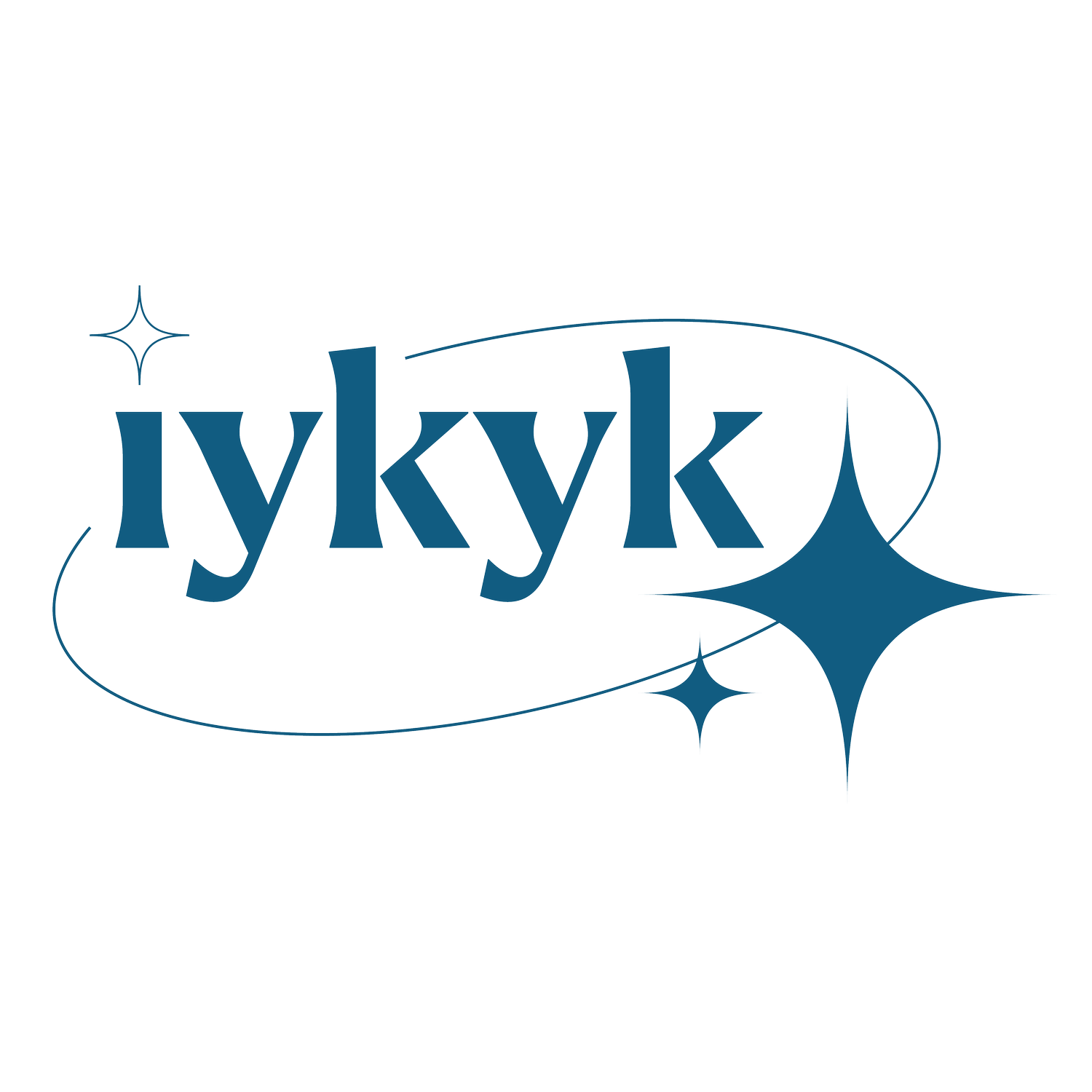- iykyk.careers
- Posts
- 👀 Perspectives on Product Inclusion @ Hinge – iykyk
👀 Perspectives on Product Inclusion @ Hinge – iykyk
Senior Product Manager @ Hinge: Jasjit Mangat
From Consulting to Product Management
Hi there 👋 — Who are you and what’s your background?
I’m Jasjit, and I’m a Lead Product Manager at Hinge, but my background is in consulting. Back in college, I studied Marketing and Information Management because I really loved understanding how the marketing elements of a business intersect with data analytics to build truly meaningful experiences for people. After graduating, I was in consulting for about four years with the first two years being in tech consulting. I was focused on helping clients solve problems and scale tech-driven solutions. The second two years were more on the strategy side, where I used design thinking to align executive teams on their mission, vision, and go-forward strategy.
I decided to leave consulting to try something new, smaller, and closer to the end user experience so I joined Havenly, an online interior design company, as a PM. Two years later, I moved back to New York City and joined Hinge’s product team. I will have been here for two years this October!

Connecting Ideas to Build Meaningful Experiences
What led you to product management as a career?
I love thinking about and solving big problems. I also enjoy building an audacious vision, but then chunking it up into doable pieces. In this role I feel more closely connected to the end user which I feel like I wasn’t able to do as much in consulting.
The biggest reason I was interested in product is because your job as a PM is to collaborate and work with many different people. In this role, you get to collect different inputs from users, functional teams, the business at large, the macro environment, etc to identify problems you want to solve for and come up with interesting solutions. Ultimately, product management is really this idea that you, as a PM, get to be the connector of all these different pieces and make them come to life in a really beautiful way.
Center Marginalized Voices in Product Creation
What led to your understanding of the importance of product inclusion and equity?
I originally was interested in the topic because outside of my day-to-day at work, I care deeply about social justice issues. I got into product as a PM in 2020, and that was also a time where many tragic events were taking place including the murder of George Floyd. I was spending so much time after work thinking about these issues and it made me think that “there has to be a way where these two worlds can meet.” By no means do I think product inclusion or any tech role can solve for large, structural inequities and discrimination in the world, but I do think there is a way to make our day-to-day jobs more meaningful as very small contributors to social good. That’s when I started looking up ways that I could weave what I care about outside of work into my job and discovered product inclusion. I read Building for Everyone by Annie Jean-Baptiste and I started to learn more about how we can weave inclusion into the product lifecycle.

We talk about product inclusion in so many ways if you think about products like Pinterest – how you can look for makeup by skin tone or hair products by different types of hair. Those types of examples are all things where I’m like woah, how cool would it be if your job was to build products for underrepresented groups, or to scale any product with an inclusion-driven lens. I think people often think about DEI as a trade-off to your bottom line – we can make some money or we can service these underrepresented groups, but it’s actually that we can make money because we better serve different communities.
How do you center marginalized voices throughout every phase of product creation? Given that this is a newer space, what are some challenges?
The way that you can help ensure product inclusion stays at the forefront of your product processes is by making sure it’s integrated into the lifecycle. So when you’re ideating on problems or coming up with solutions, you ask yourself things like: Who would best benefit? Who would this not benefit? Or if it’s a problem, who is this mostly hurting? That’s where you really start to acknowledge who you are building for and as a result, who is left out.
I like to use personas as one way to help bring different audiences to life and make it feel more real. Personas aren’t ever fully representative but they do provide an anchoring point to drive inclusive product decisions and empathy. I also like to segment user feedback by various demographics to see how different ideas impact various groups (another reason for having strong partnerships with your customer insights, research, and data teams). Once again this is often directional and you risk overgeneralizing but it’s helpful in at least providing a framework.


Reply